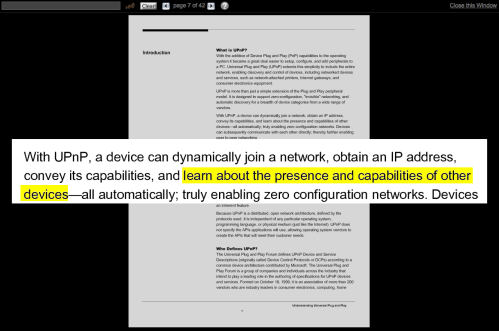I’ve been thinking a lot about the term e-discovery and how much I’ve grown to dislike and distrust it over the years. At best, it’s an unnecessary term. At worst, it’s a ploy to compound the complexities of an already expensive and time consuming process. It’s led to an onslaught of other made up terms that arise to confuse us on a daily basis such as my personal favorites ESI (Electronically Stored Information) and ECA (Early Case Assessment). Do we really need to memorize acronyms for those? It has completely distracted us from the core discovery process, which I would say is as simple as identifying, reviewing, and producing relevant information. Let’s explore.
First off, is it still necessary for us to qualify everything in our lives as electronic? Did you listen to e-music today during your morning commute? Clearly a very small percentage of the music we listen to these days is analog. And clearly there is a very small percentage of discoverable information in paper form. It’s just discovery but the format of the information has changed. Music is just music and so it goes with discovery.
Why does it matter? You might be thinking that adding the “E” doesn’t hurt anything, but in my experience it opens the door to a slew of unnecessary complexities. An industry has been unleashed to scare us all about the challenges of e-discovery. It’s true that the amount of discoverable information has grown exponentially because of technologies like email, multi-media, and social media but then again the tools for managing that information greatly offset those challenges. Honestly, would you rather have to parse through 10,000 pages of paper or 1,000,000 pages of electronic information hooked into a search engine and available anytime via an internet connection? I’d take the million.
The other issue I see is that e-discovery has been used as an excuse to tack on additional unreasonable complexities to the discovery process. There is clearly an important place for forensics experts in the industry, but haven’t things gotten out of control? Asking people to review the full forensically sound chain of custody and history of a document would be like dusting and fingerprinting every single piece of paper you find in a file cabinet. And then producing that along with copies of the document to the other party. It’s just not reasonable. E-discovery has opened the flood gates for people, mostly our technology peers citing some pseudo-technical expertise, to scare people into investing far more resources than necessary to manage the discovery process.
I’m sure you can think of many more examples. It took me a long time to distill the simplicity of this discovery process but these days I’m resolute in breaking down the false complexities that this industry has created. Granted, for many matters, executing on discovery will be expensive and time consuming. Mostly due to the volume of information that needs to be reviewed. But the technical complexities really aren’t so bad. It’s a process as old as our legal system and as a simple as identifying, reviewing, and producing relevant information. Sorry, I mean e-information.

